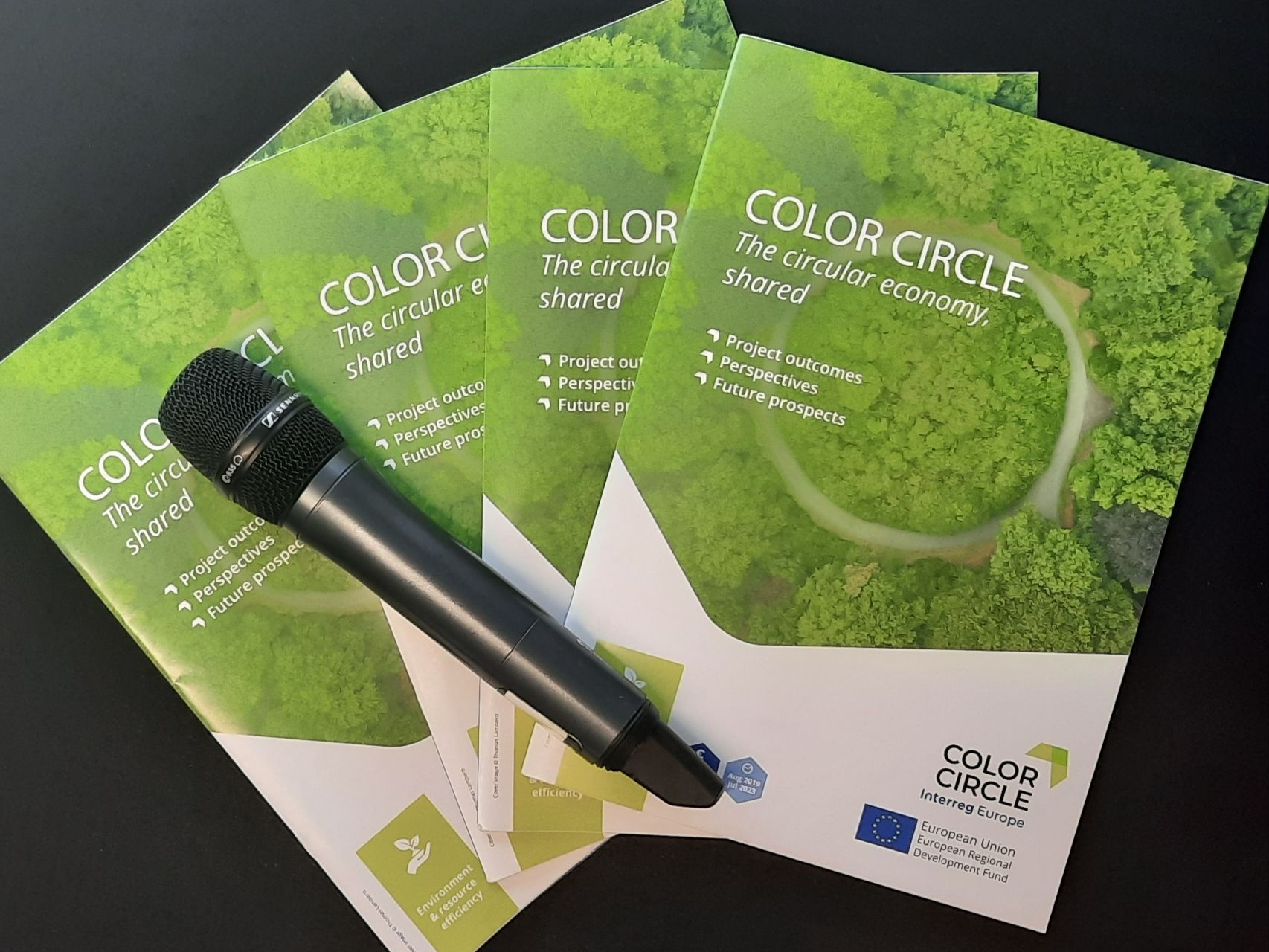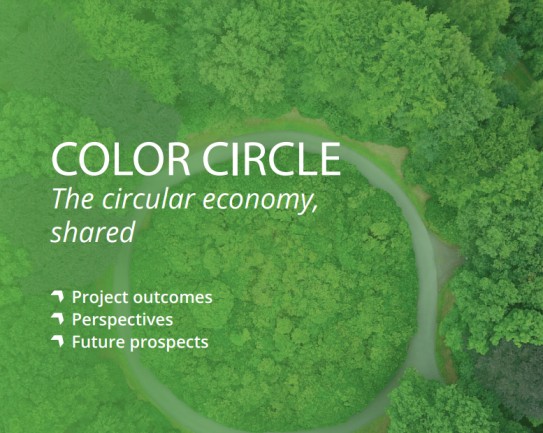This is an extract from the interregional meeting organised by the Province of Granada (ES) and HESAM University on 23-25 June 2020. This article deals with circular economy's strategies on regional and local strategies around the territory of the Province of Granada in Spain.
Mr. José Mateos Moreno, General Director of Employment and Sustainable Development of the Granada Provincial Council and Ms. Trinidad Manrique de Lara, policy officer and member of the European Projects Office of the Granada Provincial Council introduced the meeting.
The province of Granada doesn’t have yet a circular economy strategy as such. Therefore, the implementation of the European project COLOR CIRCLE should positively contribute to fully introduce the circular economy principles in the two Strategies for Urban, Sustainable and Integrated Development (“EDUSI”) that the Provincial Council is currently implementing in two zones of the metropolitan area of the city of Granada.
But 2 strategic frameworks represent the starting point for the province to deal with circular economy: the Spanish Strategy of Circular Economy, approved on 2 June 2020, and the Andalusian Bio-economy Strategy. Both strategies were presented in the “Case Study” session.
Dr. Julio Berbel Vecino, Member of the Board of Trustees of the Foundation for the Circular Economy, and Professor of Agricultural Economy in the University of Córdoba (Spain), made a brief on the Spanish Circular Economy Strategy “Spain 2030”. In his intervention, prof. Berbel reviewed the current situation as regards to recycling policies and strategies (e.g. waste management, recycling rates, local policies, etc.). Read his full intervention here.
Ms. Judit Anda Ugarte, Technical Adviser at the Andalusian regional Ministry of Agriculture, Fisheries and Sustainable Development, focused her intervention on the Andalusian Bioeconomy Strategy. She stressed the potential of the bioeconomy in the region, mainly because the importance of the agri-food production in Andalusia, its industrial capacities and the availability of biomass resources, as well as the political support provided by the regional government to this sector of the economy, which comprises financial means and the backing of the newly created Cluster. The Strategy, in addition to being coordinated with the European and national strategies, also takes into account a mainstreamed approach involving 4 regional ministries and sectors, and has established 2030 as the timeline horizon to implement the 17 measures and 39 actions provided in the Strategy. Finally, she briefly presented the proposal for a regional circular economy law, which is currently being negotiated by the regional Government. You can find her Powerpoint presentation here.
The third and final paper was dedicated to the implementation of the principles of the Circular Economy in the province of Granada, in particular in the energy sector, presented by Mr. Gonzalo Esteban López, Energy Policy Officer in the Granada Provincial Council. After outlining the participation of the Granada Provincial Council in two European projects currently underway (POCITYF and ESMARCITY), he focused on the potential of biomass from the agricultural sector in the province, such as olive pruning and pits, and their reuse as raw materials for the production of energy, for instance, as some ongoing projects are exemplifying in rural areas such as Huétor Tájar, with positive results. You can find his full presentation here.















